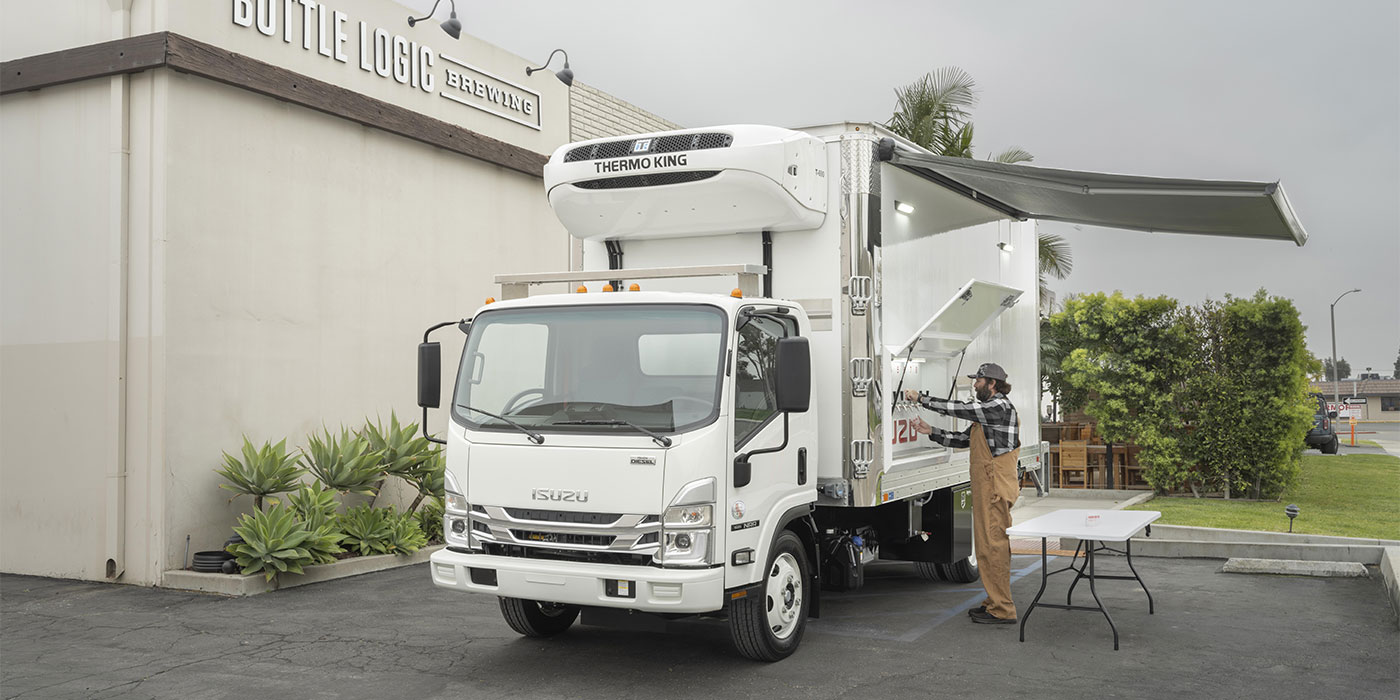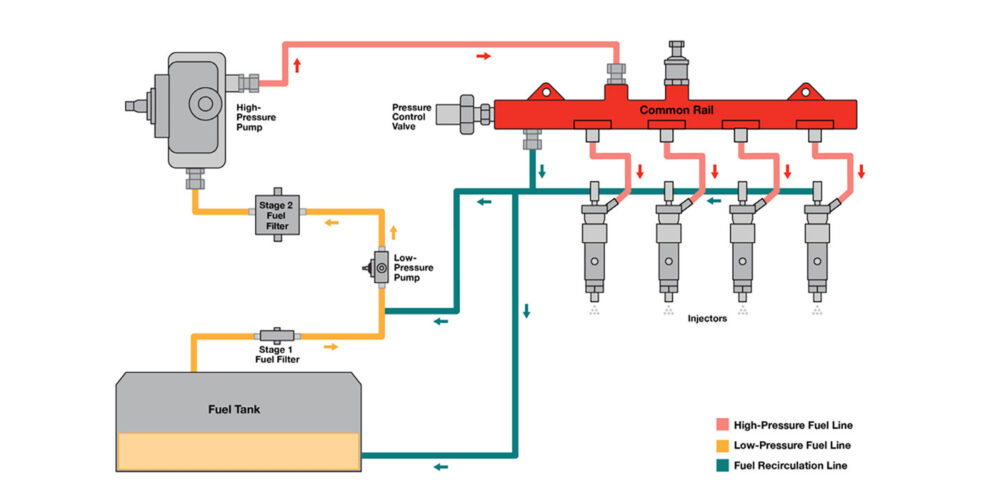With an eye to enhancing operating efficiency as a key strategy to ensure success, if not survival, in the trucking industry, we need to consider new ideas, new technology and different approaches. Specifically for tire programs, it makes sense to explore the emerging offerings of Tire Pressure Monitoring Systems (TPMS). Inflation monitoring systems are currently required on new passenger cars, light trucks and SUVs with GVW ratings up to 10,000 lbs. Most regulatory observers agree that the congressional mandate applies to all highway vehicles, and requirements covering commercial trucks through Class 8 are likely within the next several years.
While overall highway safety and reduced incidences of unscheduled roadside disablements have been driving factors for federal government interests, there’s reasonable expectation that these systems, if properly designed and selected, could change the face of commercial tire maintenance in very positive ways. Especially consider if T(his) P(rogram) M(ay) S(ave) money for your operation.
For commercial operations, long-term financial benefits from more consistent and precise inflation maintenance are better treadwear (extended takeoff mileages), longer casing life (more retreads) and fewer expensive road calls/freight delays. Marginal, but consistent, fuel economy gains will also be likely.
Currently available devices approach the task in a variety of different ways, ranging from simple monitoring to automatic inflation replenishing, with a choice of sensing and communication options. Key questions when considering TPMS choices for your specific fleet are based on how much detailed information you want to gather, to whom it should be directed, and if you want the TPMS system only to warn of pending problems in real time or to be an integral part of your safety and maintenance programs.
The first major distinction to consider is between systems that only monitor inflations and those that monitor plus maintain inflations to a specified pressure. The latter types are currently available for trailer, dolly, and other non-driven axles except steer. Air supply is typically plumbed through the hollow axle housing and sourced from a brake supply air reservoir. Several manufacturers indicate that more compact systems will soon be introduced for steer and drive axles, allowing total vehicle monitoring and automatic inflation maintenance.
Another distinction is between mechanical (visual or hard-wired) communication and wireless transmission of potential inflation problems. Some early devices simply offered visual displays for tire checks on stopped vehicle inspections, but continuous real-time monitoring is gaining preference. Wireless communication is also available from some systems, and while most today are stand-alone, integration into a vehicle’s basic wiring harness might enhance reliability. Both active (battery required) and passive (RF technology) devices are being promoted, and, although batteries may be perceived as undesirable by some, battery life claims of five years or more have become common. Some fleets may want to have real-time warnings transmitted directly to a home-based logistics center, where enroute service providers can be located immediately and a message can be quickly sent back directing the driver to a service destination.
All of this may sound a bit confusing, but keep in mind that some fleets have already adopted TPMS, most notably for trailers, and most are reporting successful reliability. Sys-tems for the entire vehicle won’t be far behind and promise to reduce operating costs. It’s time to learn more about TPMS and plan to use it to your advantage. Tire and TPMS engineers can help evaluate and quantify the benefits possible for your specific equipment, service conditions, and maintenance practices.













